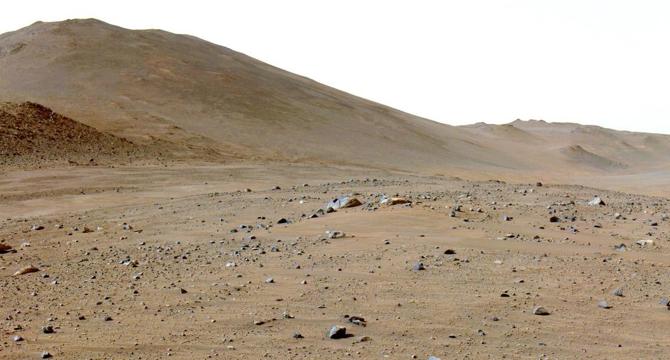Nasa
1w
402

Image Credit: Nasa
Percolating Clues: NASA Models New Way to Build Planetary Cores
- A new NASA study suggests a surprising way planetary cores may have formed, challenging previous theories and offering insights into the early evolution of rocky planets like Mars.
- The study provides experimental evidence that molten sulfide, rather than metal, could percolate through solid rock and form a core before the planet's silicate mantle melts.
- This finding introduces a new scenario, particularly relevant for planets farther from the Sun where sulfur and oxygen are more abundant.
- Researchers observed how sulfide melts percolated through experimental samples in 3D renderings, confirming core formation through percolation process.
- High-resolution imaging using X-ray computed tomography (XCT) provided insights into the physical behavior of materials during early core formation.
- By analyzing synthetic sulfides infused with trace platinum-group metals, researchers found chemical evidence of sulfide percolation in meteorites, supporting early solar system conditions.
- The study's results suggest that Mars' core may have formed at an earlier stage due to its sulfur-rich composition, potentially affecting interpretations of Mars' geochemical timeline.
- The research also raises questions about dating core formation events using radiogenic isotopes, highlighting the impact of sulfur and oxygen abundance on geochemical 'clocks.'
- This study advances understanding of how planetary interiors form under varying chemical conditions, offering insights into the evolution of rocky bodies like Mars.
- The collaborative approach of experimental petrology, geochemical analysis, and 3D imaging demonstrates the potential of multi-method approaches in uncovering planetary processes.
Read Full Article
24 Likes
For uninterrupted reading, download the app